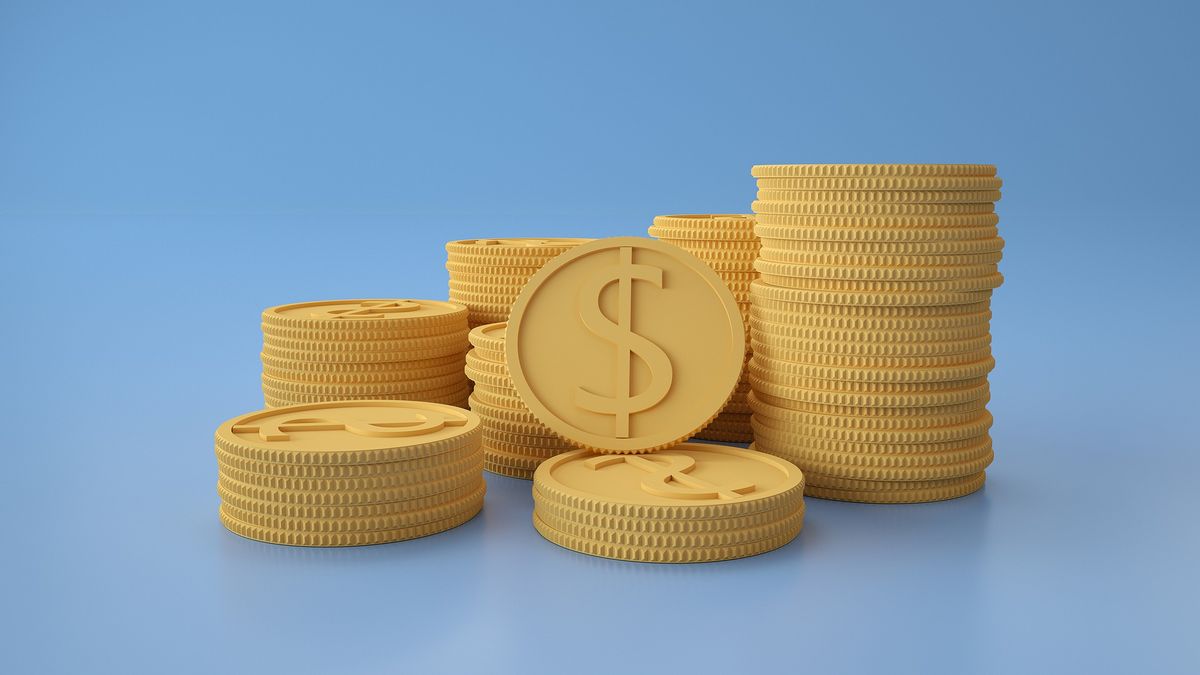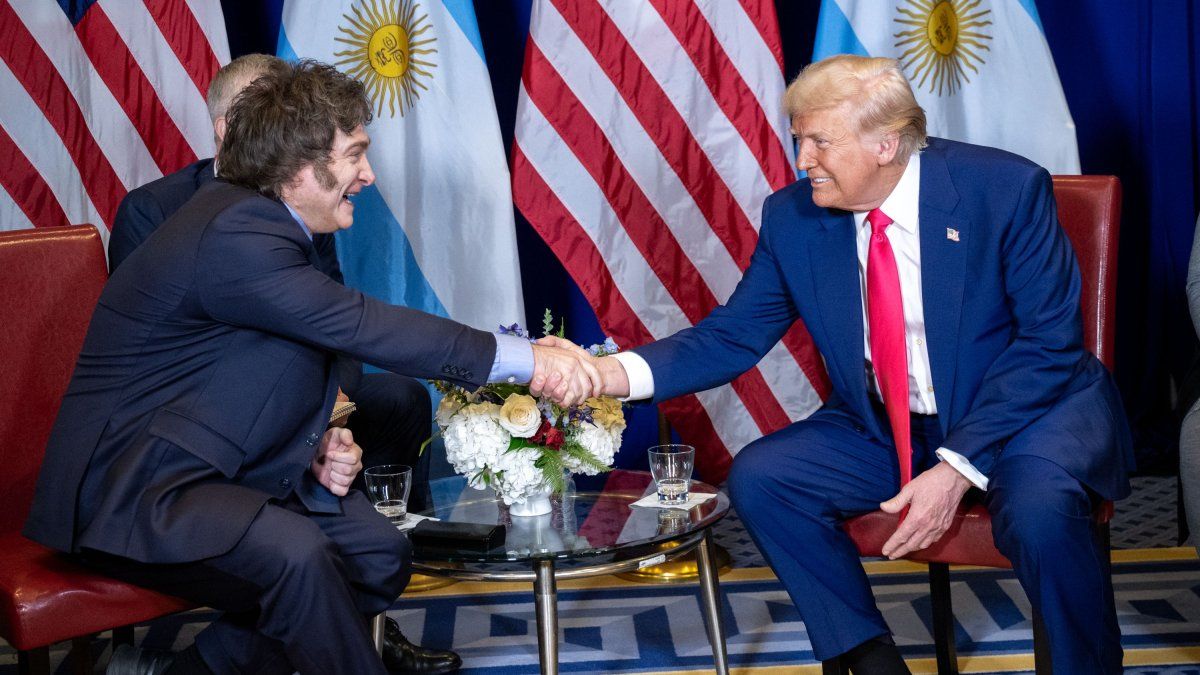Is it worth buying dollars?
Buying dollars always seems like a safe investment in an Argentina where many prices are tied – rightly or wrongly – to the value of the currency against the peso. Its main advantage is that.
However, for some market analysts today the dollar is expensive and although they expect it to continue rising, despite the fact that the Government confirms that there will not be a sudden devaluation, it may not be the best option.
In fact, a recently published report indicates that the blue dollar has been losing in the last two years against inflation.
Fixed term
The annual nominal interest rate for a traditional fixed term, regulated by the Central Bank (BCRA), is 53% annual nominal (TNA). Although it is expected that the entity will raise it again to make savings in pesos more attractive compared to inflation, if analysts’ forecasts are met, that option will not beat the price rise.
As an alternative in that case there are also fixed terms in UVA (Purchasing Value Unit), which in addition to giving the interest rate guarantees up to 1% above inflation. The disadvantage is that you have to place at least a term of 90 days. There is the alternative of pre-cancellable fixed terms in UVA, but in case of early cancellation they do not pay the adjustment for inflation, but rather pay a pre-established interest rate (currently at 48% annual nominal).
With the recent rise in interest rates implemented by the Central Bank of the Argentine Republic (BCRA), it would take approximately $1,840,000 invested in a fixed term for 30 days to earn the equivalent of $80,000 per month or $2,600 per day.
What can you invest in?
If you continue to think about inflation-adjusted instruments, you could buy Treasury Bills and/or Bonds with a CER adjustment clause (Lecer and Boncer) and those who want to assume little risk should place themselves in the shorter maturities (August, September and October).
Another way to hedge against inflation is to buy shares of a company. But of course, they are subject to performance in the market.
More attractive may be the Cedears, which are shares of large companies worldwide. The advantage is that it is a way to dollarize the investment. The downside is that stocks are an instrument with high volatility, which can sometimes lead to losses in the short term.
Another option are mutual funds that have bonds and shares of companies from around the world such as Balanz Performance III and ETFs (exchange traded funds), which are listed on a stock exchange in the same way as a share. or other public title.
Should I buy in installments?
In the current context, it is convenient to get into debt buying in installments only in pesos and at a fixed rate, although financing of this type is scarce today. In this way, the effect of inflation on future purchasing power is liquefied.
Should we stock up and buy thinking about the long term?
One option to protect the current purchasing power of pesos is to buy goods that can be stored and consumed later. For example, non-perishable food or cleaning and personal care items.
On the other hand, many durable goods, such as cars or even properties, would always be, or at least in the current context, a good investment alternative. But the specialists draw attention to one point: was it an expense that he was really going to make?
Source: Ambito
David William is a talented author who has made a name for himself in the world of writing. He is a professional author who writes on a wide range of topics, from general interest to opinion news. David is currently working as a writer at 24 hours worlds where he brings his unique perspective and in-depth research to his articles, making them both informative and engaging.




